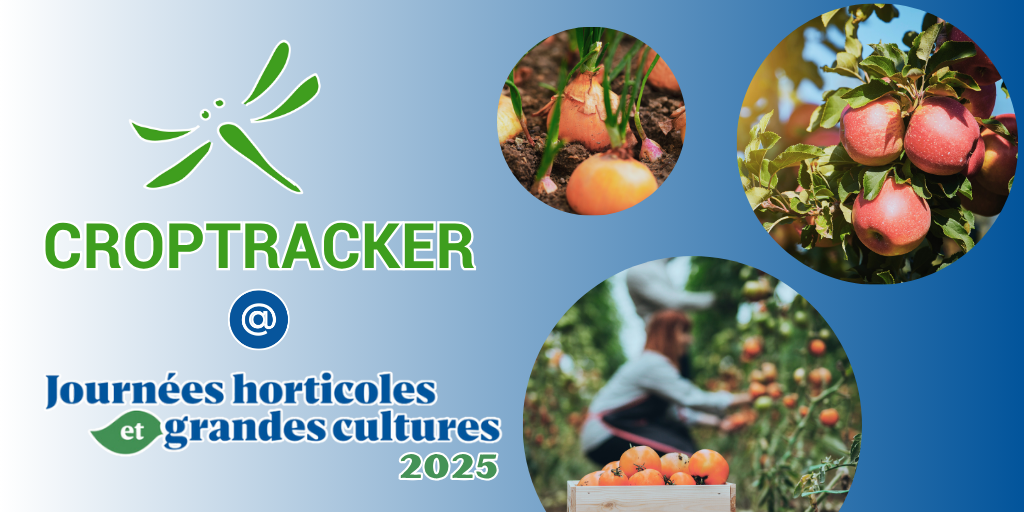
Croptracker is pleased to announce our return to the Journées Horticoles et Grandes Cultures / Horticultural and Field Crop Days 2025. The show is at the Saint-Rémi Recreation and Culture Centre and will run from November 25-27th. You can register, learn more about other attendees and view the show map HERE.

This software updates blog covers features and fixes from October 27 - November 7, 2025. Ensure your Croptracker mobile app is up to date to take advantage of these updates. Read on to learn more and get in touch with us at support@croptracker.com for more information.

Driven by customer feedback, Croptracker recently developed a workflow to handle a new and significant requirement: building a full inventory of hundreds of thousands of trees on a newly acquired orchard and continuously recording their long-term health and performance. To make this goal possible, Croptracker added a new Plant Inspection workflow using our Quality Control and Field Map modules.

Firmness is widely recognized as one of the most essential quality metrics in the fresh produce supply chain, acting as a universal index for gauging maturity, optimizing harvest timing, and predicting shelf-life potential. The physical structure of a fruit or vegetable determines its ability to withstand handling, storage, and transport, directly influencing its final value.
Mirroring the wider trends in agricultural technology, the processes governing firmness testing are rapidly evolving from purely mechanical methods to digital systems that offer automated readings, data logging, and seamless connectivity via USB or Bluetooth. This technical round-up reviews some of the most popular technologies used for measuring firmness in fresh produce. We have divided the tools into two main categories: Destructive testing and Non-destructive testing.
Let our expert staff walk you through the Croptracker system, and answer any questions you have.
We are here to help.